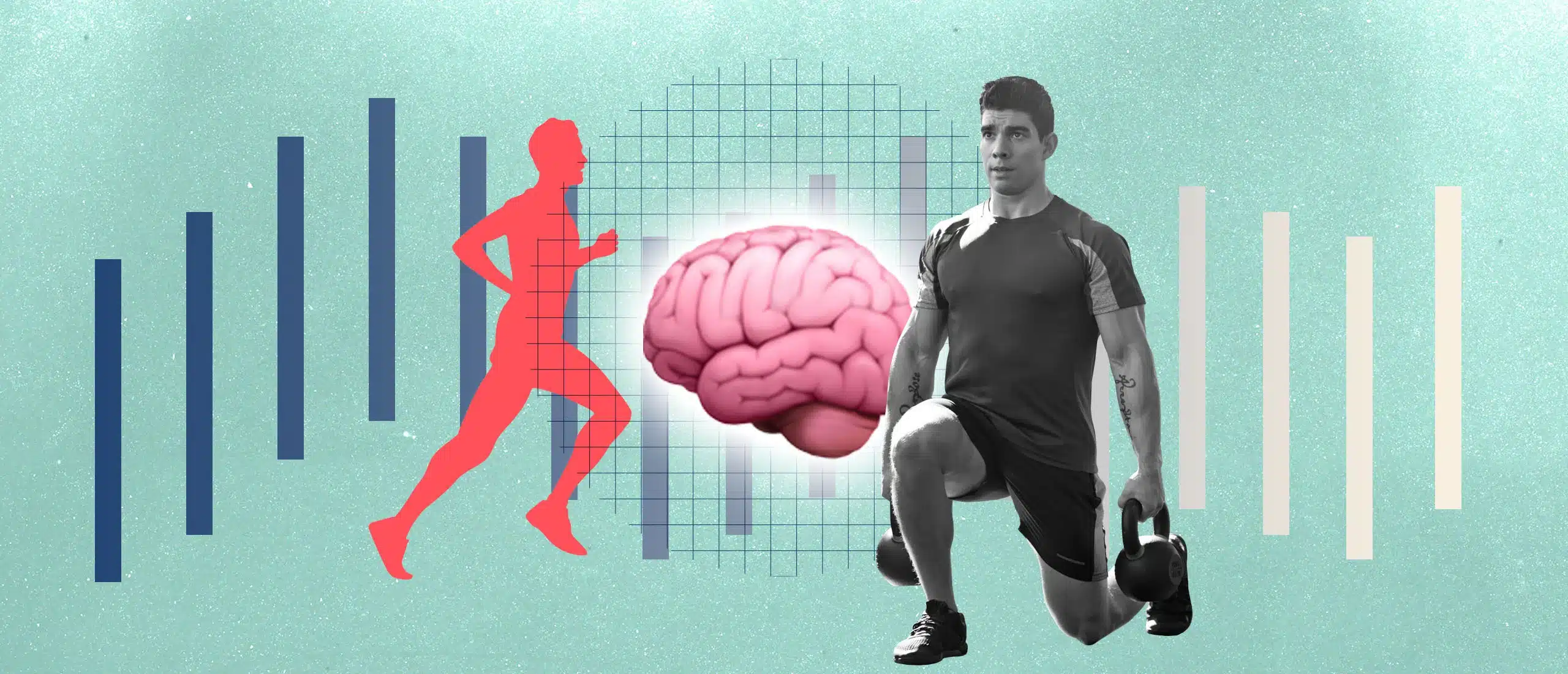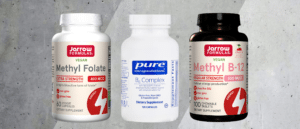5 Surprising Ways Exercise Benefits Your Brain, According to a Neurophysiologist
When you want to boost brain health what do you typically turn to? Meditation? A dose of omega-3s? Wim Hof-style deep breathing? These tactics can all work, but exercise should be on the top of your list, according to neurophysiologist and founder of Neuro Athletics, Louisa Nicola, M.S.
“I truly believe the brain is the greatest insurance policy a human can have,” Nicola told Hone Health CEO Saad Alam in a recent episode of the Hone In podcast. “Exercise is profoundly important for the brain, but also for staving off neurodegenerative diseases.”
And that’s just the tip of the iceberg. Below, the surprising benefits of exercise for your brain, and exactly how to tap into them, per Nicola.
Which exercises boost brainpower? Louisa reveals her go-to workout on the Hone In podcast.
The Benefits of Exercise For the Brain
Before we dive in, a quick refresher: Your nervous system is the command center of your body. It’s made up of your brain, spinal cord, and a complex network of nerves that send messages back and forth between your body and brain.
This means your muscles may power your movement, but your brain is calling the shots when you pick up a dumbbell or hop on the treadmill. And that has a cascade of benefits:
Increased brain blood flow
“What’s good for the heart, is good for the brain,” says Nicola. Exercise increases blood flow to the brain, delivering oxygen and nutrients to your neurons (brain cells) and enhancing brain performance and health. When the brain doesn’t get the oxygen it needs, however, problems start to crop up.
“Alzheimer’s disease is really a disease of blood vessels,” says Nicola. “You’ve got these tiny capillaries in the brain. Hypertension is one of the biggest things that can actually kill off these little capillaries.” Those capillaries are a lifeline to precious neurons. “Once you kill off neurons, that’s it. You can’t grow them back,” she adds.
Enhanced neuroplasticity
“When we’re little, we’re out doing things. We’re out on the grass, we’re climbing trees, we’re throwing balls, we’re talking to people, we’re experiencing things—so every part of the brain is active,” says Nicola. These new experiences build neuroplasticity, the ability of your brain to make new connections.
But as you get older, things change. “So many of us live these incredibly sedentary lives, sitting around on our computers, and not getting out and actually playing anymore. And those parts of our brain begin to atrophy,” explains Nicola.
The solution: Exercise, be social, play with your kids, try a different grip, and challenge your hand-eye coordination (1). “You can manipulate your brain to be whatever you want through deliberate action,” she adds.
Reduced risk of neurodegenerative diseases
In Alzheimer’s disease, the hippocampus—the area of your brain that houses memory formation and consolidation—is one of the first areas to break down (2). “Aerobic exercise stimulates BDNF (brain-derived neurotrophic factor) which goes into the hippocampus and helps with proliferation—so, it grows new neurons, and it also grows the volume of the hippocampus,” says Nicola.
Meaning? “Exercise is going to make you smarter. It’s going to help you remember, and not forget people’s names, which is the first thing to go with Alzheimer’s disease,” says Nicola.
Altered brain structure
“Resistance exercise can structurally change the grey and white matter of the brain. Eighty percent of brain grey matter is modifiable by exercise (3),” says Nicola. We repeat: 80 percent.
When your muscle contracts, myokines—specific skeletal-based proteins—are released. “These myokines are the building blocks of the brain,” says Nicola. They shoot through the muscle into the bloodstream and then cross the blood-brain barrier where they impact different areas of the brain.
“One myokine, called irisin, enhances the expression of BDNF,” says Nicola. Remember, that’s the helpful little molecule responsible for increasing the number and size of neurons in the hippocampus (4).
Other myokines, like IL-6, reduce inflammation, which has been linked to everything from heart disease to neurodegenerative diseases. “IL-6 is this bipolar molecule, I say. Depending on where it’s released, it can be pro-inflammatory or anti-inflammatory. It’s pro-inflammatory in terms of immunity, but if you release it from the cell body of a muscle, it has an anti-inflammatory effect,” says Nicola.
Boosted cognitive function
Nicola describes exercise and brain health as a beautiful feedback loop: “First you get the cellular effects, which is the myokine release, which then structurally changes the grey matter volume and white matter volume of the brain. This, in turn, improves your mood, resiliency to stress, sleep, and executive functions,” she says.
“[Exercise] can then increase survivability, your chances of being happy, and increase business revenue or personal net worth. And you’re happier, you’ve got a higher libido, and that’s going to improve mood and sleep, which is then going to increase your chances of going back to the gym”.
CALM INFLAMMATION
Exercise to Boost Brain Health
Want to get the most benefits out of your workout? Here’s exactly how to work out for brain health, per Nicola.
Do five minutes of “neuro athletic” training a day
Nicola helps build professional athletes’ “neuroathletics” skills. Every client starts by throwing a ball against a wall. It sounds too simple, but according to Nicola, it takes accuracy, speed, hand-eye coordination, reaction time, visual processing, and visual acuity—things we rarely do in our day-to-day.
Get 20 minutes of aerobic exercise daily
Five minutes of high-intensity exercise like sprints can stimulate BDNF (5), but no need to go all-out, says Nicola. 20 minutes at a heart rate of 65 to 75 percent of your max heart rate (aka zone 2) will do the trick. “Basically, it needs to be hard enough that you’re working up a sweat, but easy enough that you can have a conversation,” she says.
Aim for four resistance training sessions a week
The myokine effects of resistance training are powerful, but doing one bicep curl won’t get you very far. “Nature is not that nice, to induce this effect you have to lift heavy,” says Nicola. How heavy? Around 80 percent of your one rep max (1RM). How often? “It depends on your goals, but generally, I say 4 times a week, 4 exercises, 4 sets of 6 reps each.”














